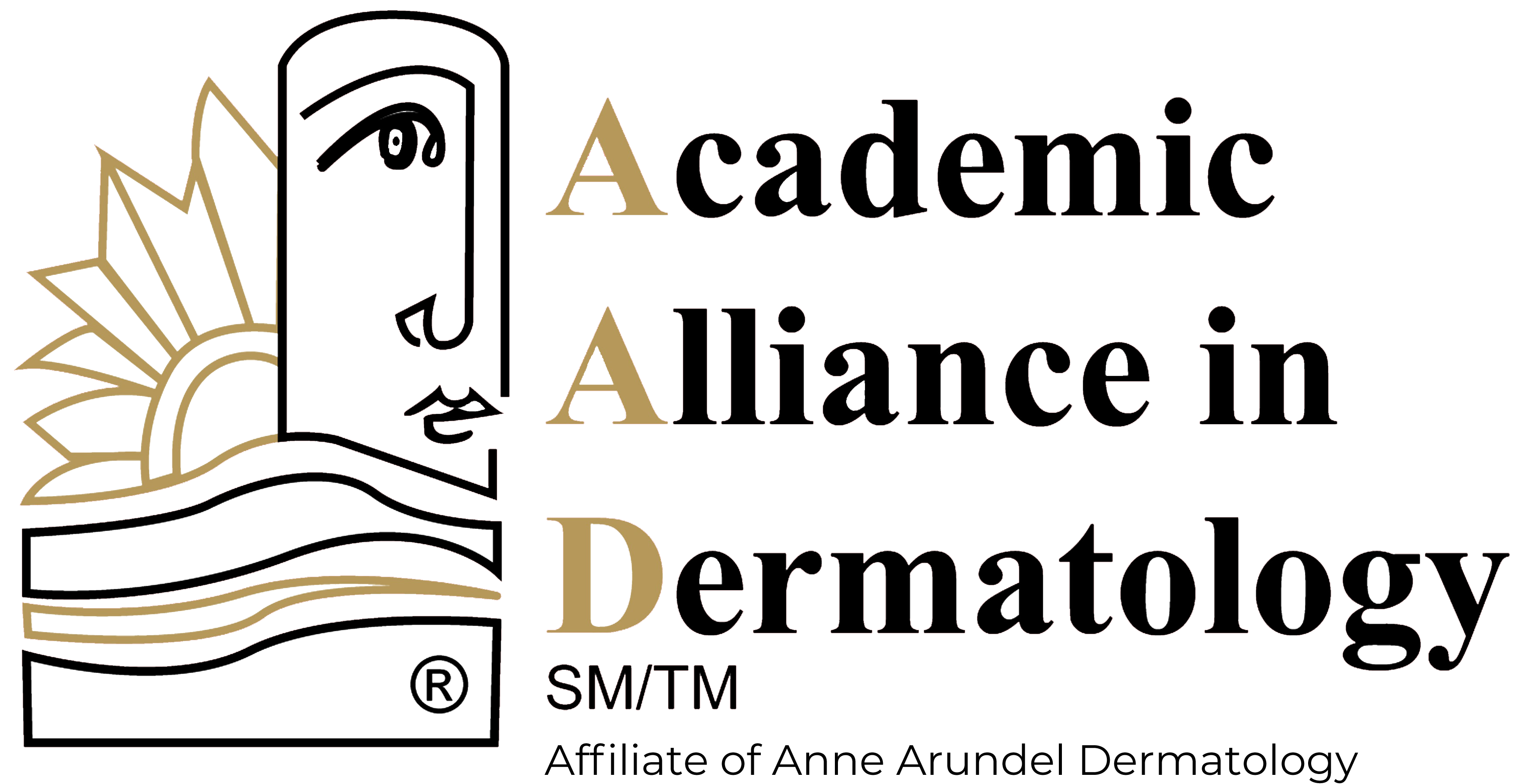Acne
Acne is one of the most common skin conditions in the United States. While it’s often associated with teenagers, acne doesn’t always disappear once you reach adulthood. It affects people of all ages, genders and skin colors.
At Academic Alliance in Dermatology, our highly trained and experienced providers specialize in both medical and aesthetic treatments for all types of acne, from mild to severe. Our goal is to help you achieve clear, healthy skin.
Causes and Triggers of Acne
An overproduction of oil and the buildup of bacteria in the pores cause acne. Acne tends to affect the face, chest, neck and shoulders because these areas contain more oil glands than other parts of the body. They are also more exposed to environmental triggers like the sun, dirt and pollution.
The following factors may also contribute to acne:
Certain medications:
Drugs that contain lithium, testosterone, or corticosteroids can trigger acne.
Diet:
Eating a diet high in sugar and processed foods may increase your risk of acne.
Hormones:
Fluctuating hormones during puberty, pregnancy or menopause can lead to an increase in oil production, which can lead to acne outbreaks.
Stress:
Stress can cause changes to hormone levels in the body, leading to an increase in oil production.
Certain makeup and skincare products:
Using comedogenic (pore-clogging) products can sometimes block pores and lead to breakouts.
Types of Acne
Acne can present on the skin in several different forms. It’s not unusual for someone to have a combination of the various types of acne, including:
Blackheads:
Named after the color they produce, blackheads contain oil and dead skin cells. They are open to the surface, and the reaction of oil to air causes the black color.
Whiteheads:
Whiteheads are similar to blackheads, but they appear under the skin as a white or yellowish bump. They develop when oil and skin cells clog pores, preventing them from opening.
Papules:
Papules are small red, inflamed bumps that feel tender to the touch.
Pustules:
Pustules are similar to papules but contain a yellowish center of pus and bacteria.
Acne Treatments at Academic Alliance in Dermatology
At Academic Alliance in Dermatology, we take a comprehensive approach to acne treatment, using a personalized combination of medical and aesthetic treatments to help you achieve clear, healthy skin.
Aesthetic Acne Treatments
Aesthetic or cosmetic acne treatments are an excellent way to target specific issues and get even better results. These treatments are recommended alone or in combination with medical treatments.
At Academic Alliance in Dermatology, we offer a variety of aesthetic acne treatments for both breakouts and scarring, including:
Chemical Peels:
Chemical peels use acid solutions to exfoliate the upper layers of skin to reduce the appearance of acne.
Light and laser therapies:
Light and laser treatments help reduce inflammation, kill bacteria, and improve the overall texture of your skin.
Microneedling:
Microneedling uses tiny needles to create micro-injuries in the skin that can stimulate collagen production, unclog pores, and reduce breakouts.
Medical Acne Treatments
Our providers offer a variety of medical treatments, including oral and topical medications. These treatments aim to reduce inflammation and decrease oil production in the skin. Your dermatology provider will work with you to determine which medications, if any, are right for you.
Some of the most common medical treatments for acne include:
Retinoids:
Retinoids are topical vitamin A derivatives that help reduce inflammation and oil production in the skin.
Antibiotics:
Oral and topical antibiotics help reduce bacteria in the skin, alleviating breakouts.
Salicylic acid:
Salicylic acid is a gentle exfoliant that helps unclog pores and reduce inflammation.
Dapsone:
This topical gel is best for inflammatory acne and may be applied twice daily or as recommended by your provider.
